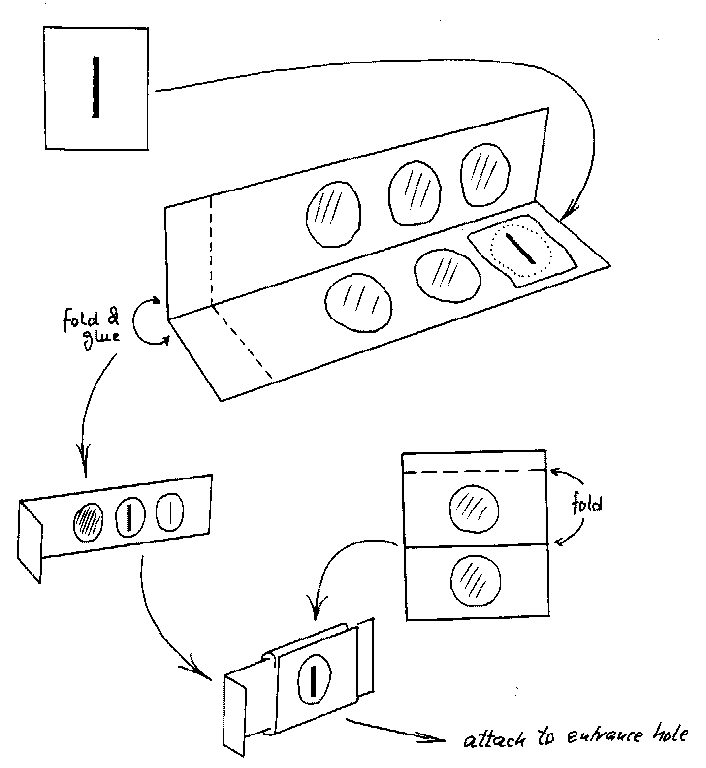
The CD ROM Spectroscope
Joachim Köppen Kiel/Strasbourg/Illkirch Spring 2007
The quality of the slit is quite important for the quality of the spectra seen. The slit should have straight, parallel, sharp and clean edges. If there is any fuzziness, it will show up as dark bands which run through all colours of the spectrum. The slit width is essential for how much detail one can see: A wide slit gives a bright spectrum, but with the lines smeared out. A narrow slit makes e.g. the fine dark lines in the solar spectrum more apparent, but it is less bright. It is a good idea to make a small assembly with several slits of various widths to adapt to any condition.
A revolver-type slit
The slit is cut in an opaque non-fibrous material, paper often is unsuitable as there always are fibres sticking out. Aluminium foil, the plastic-aluminium lid of yoghurt or white cheese cans, or some plastic-paper bags used for dried stuff (müesli) is suitable. Place the piece of material on a firm flat surface, make two parallel straight cuts with a sharp knife. Draw the knife with constant pressure and without stopping. Then make two more cuts to take out the central strip.

Variable slits
To make a variable slit is not complicated: We need a strip of cardboard that is slightly narrower than the width of the box, and which we cut in a straight way to make the two nice clean jaws of the slit. Another, larger piece is placed over the opening for the slit, and receives an opening of the same size and shape, as seen in the lower left picture. Next, we glue the smaller jaw to the inside of that latter piece, the slit holder (centre). Then we glue the slit holder's flaps to the box, as shown in an example on the right hand image. The longer slit jaw slides into the narrow space between slit holder and box.
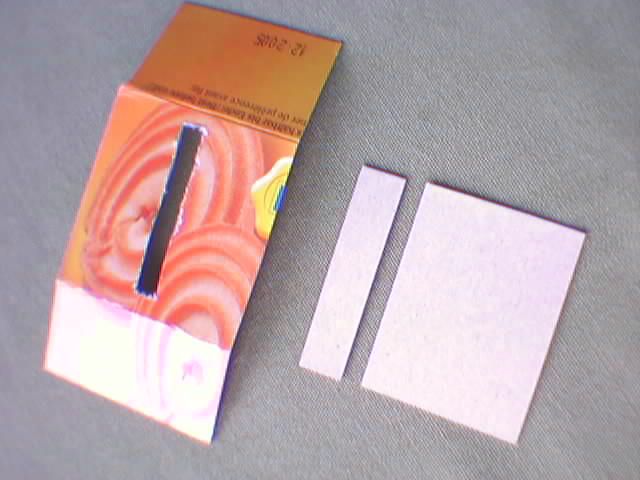
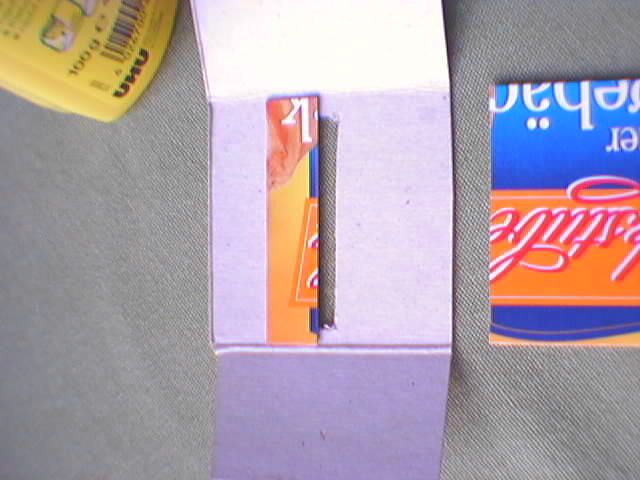
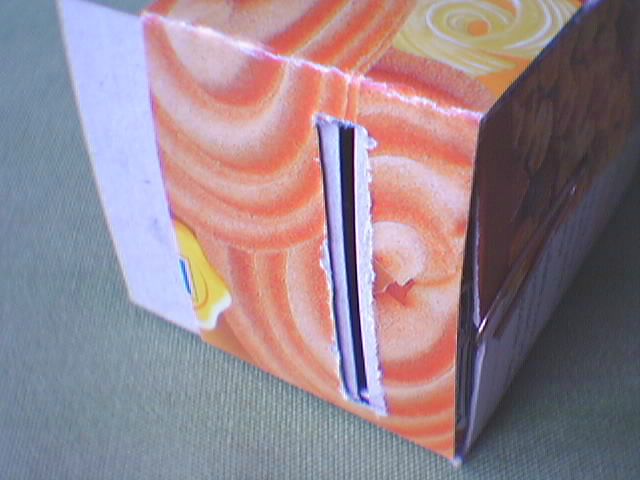
This 'cardboard technology' permits making slits that work well down to widths of fractions of a millimetre:
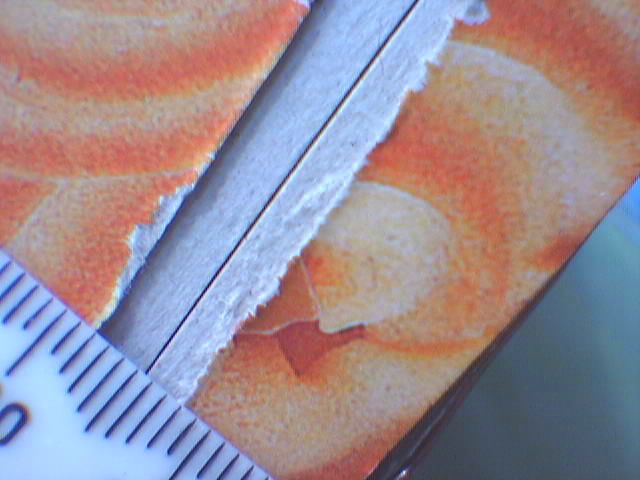
With a spectroscope we view the bright slit via the diffraction grating. The main trick is that in order to get a nice broad band of colours, the slit must be evenly illuminated. Any small bright object will only show up with a thin coloured band or bright dots. A direct view of the Sun is most disappointing, because we get only a very bright streak and it is impossible to distinguish any spectral features. But if we put a sheet of thin milky plastic - the flimsy bags in which we put the fruits in supermarkets are ideal - in front of the slit, the Sun's light is distributed evenly over the slit's length, and so we get a widened spectrum. In astronomy, the spectra of stars are artificially widened by moving the telescope a bit during the exposure time so that the stellar image evenly passes up and down the slit. The image below shows in front of a slit a cardboard flap which carries in its window a piece of such a translucent plastic. So in case of need, it can be placed in front of the slit; otherwise one bends it out of the way.
